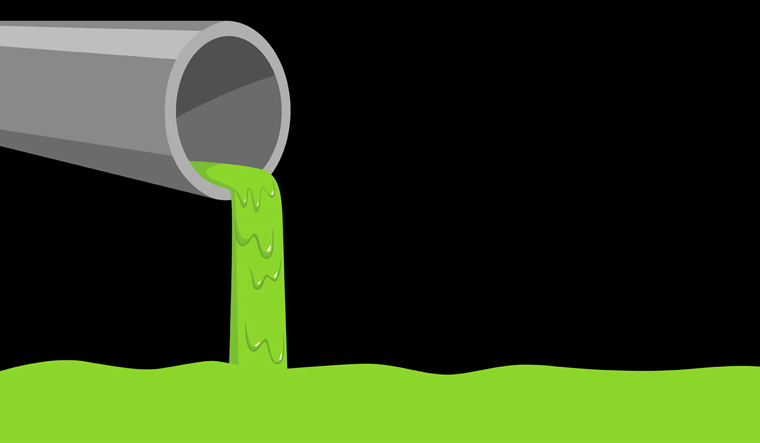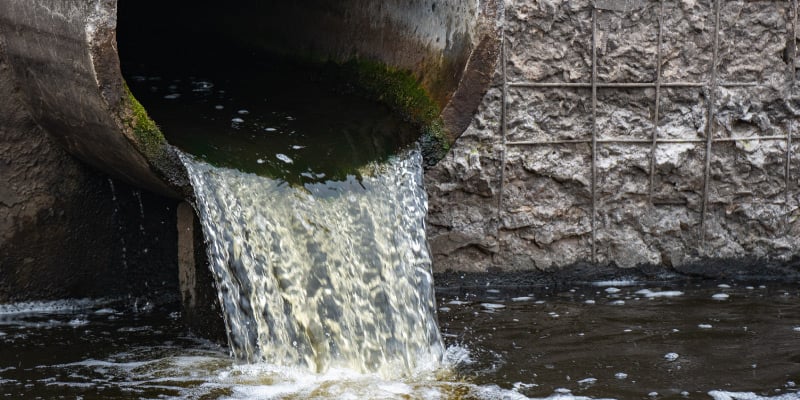Safe and Sustainable Liquid Waste Disposal: Your Go-To Company
Safe and Sustainable Liquid Waste Disposal: Your Go-To Company
Blog Article
Exactly How Liquid Garbage Disposal Works: A Thorough Summary of Strategies and Technologies Employed

Review of Fluid Waste Types
The intricacy of liquid waste kinds demands a detailed understanding of their characteristics and ramifications for disposal. Liquid waste can extensively be classified right into a number of types, consisting of commercial, municipal, agricultural, and contaminated materials. Each classification shows distinctive homes, needing particular monitoring methods to reduce ecological and health dangers.
Industrial fluid waste stems from producing processes and commonly includes a variety of contaminants, such as heavy steels, solvents, and natural substances. Municipal liquid waste, mainly making up wastewater from homes and business facilities, includes natural matter, nutrients, and microorganisms (industrial wastewater treatment). Agricultural fluid waste, consisting of overflow from ranches, may consist of plant foods, pesticides, and pet waste, posing threats to water top quality and ecological communities
Dangerous fluid waste is defined by its poisoning, sensitivity, or possible to cause harm. This category consists of materials like acids, bases, and certain chemicals that demand rigid handling and disposal procedures. Recognizing these varied fluid waste types is important for developing effective disposal approaches and guaranteeing conformity with environmental regulations. Correct category and characterization are crucial for applying ideal treatment methods and minimizing the unfavorable influence on public health and the atmosphere.
Physical Therapy Methods

Screening is the initial action, where larger bits and debris are removed from the fluid waste utilizing screens or grates. This procedure shields downstream devices from damages and ensures smoother procedure. Adhering to screening, sedimentation uses gravitational pressure to separate solids from liquids. In sedimentation storage tanks, much heavier particles settle at the bottom, forming a sludge layer, while the cleared up liquid can be further treated.
Purification is another important method that entails passing the liquid with porous materials, such as sand or membranes, to record smaller sized particles. This step improves the high quality of the liquid, making it ideal for subsequent therapy processes.

Chemical Treatment Methods
Chemical treatment strategies are vital for effectively taking care of fluid waste, particularly in addressing dissolved and colloidal pollutants that physical approaches may not adequately get rid of. These strategies use numerous chemical agents to reduce the effects of, speed up, or change unsafe materials into much less dangerous kinds.
One common technique is coagulation and flocculation, where chemicals such as alum or ferric chloride are added to advertise the gathering of suspended fragments. This procedure boosts sedimentation, permitting less complicated removal of the resulting sludge. Furthermore, oxidation procedures, utilizing representatives like chlorine or ozone, are employed to damage down complex natural compounds and pathogens, providing the waste more secure for discharge or more treatment.
Neutralization is one more vital strategy, which adjusts the pH of acidic or alkaline waste streams to neutral degrees, protecting against potential harm to downstream systems and the environment. Additionally, advanced oxidation processes (AOPs) make like it use of combinations of oxidants and ultraviolet light to deteriorate relentless pollutants, achieving a higher level of therapy effectiveness.
Biological Treatment Procedures
Biological treatment procedures play a crucial role in the administration of fluid waste by utilizing bacteria to decompose raw material and decrease contaminant degrees. These processes can be extensively categorized into anaerobic and cardio treatments, each utilizing certain microbial areas to attain efficient waste deterioration.
Cardiovascular treatment entails the use of oxygen to help with the breakdown of natural materials by microorganisms. This process is frequently executed in triggered sludge systems, where oygenation tanks offer a helpful atmosphere for microbial development, leading to the oxidation of natural contaminants. The resultant biomass can be separated from treated effluent via sedimentation.
In comparison, anaerobic treatment happens in the absence of oxygen, counting on different microorganisms to damage down organic matter. This method is particularly beneficial for high-strength waste, as it produces biogas, a renewable power resource, while reducing sludge production. Technologies such as anaerobic digesters are regularly used in metropolitan and industrial applications.
Both aerobic and anaerobic biological therapies not only reduce the environmental impact discover here of liquid waste however also promote source recuperation, making them vital parts of lasting waste monitoring strategies. Their performance, versatility, and efficiency support their widespread execution across different markets.
Arising Technologies in Disposal
Innovative approaches to fluid garbage disposal are quickly progressing, driven by advancements in technology and an increasing focus on sustainability. Among these emerging modern technologies, membrane bioreactors (MBRs) have actually acquired traction for their capability to incorporate organic treatment with membrane layer filtering, leading to premium effluent that can be reused in various applications. MBRs make it possible for smaller footprints and much more effective operations compared to traditional systems.
One more appealing growth is using anaerobic digestion combined with nutrient healing technologies, which not just treats liquid waste however also creates biogas and recoups important nutrients like nitrogen and phosphorus. This twin advantage boosts source effectiveness and lowers environmental influence.
In addition, progressed oxidation processes (AOPs) are being taken on for the destruction of complicated natural toxins. These methods make use of powerful oxidants and catalysts to damage down contaminants at the molecular degree, providing a very efficient service for tough waste streams.
Moreover, the combination of artificial intelligence site and artificial intelligence in waste management systems is enhancing operational performance and predictive upkeep, leading to lowered prices and improved ecological conformity. These technologies show a considerable change in the direction of more lasting and efficient fluid waste disposal practices.
Final Thought
In conclusion, efficient fluid waste disposal demands a comprehensive understanding of numerous methods and innovations. By constantly advancing these methods, it ends up being feasible to resolve the expanding challenges connected with fluid waste, inevitably adding to environmental security and resource recuperation.
Liquid waste disposal is a vital facet of environmental administration, calling for a comprehensive understanding of numerous strategies and technologies tailored to different waste types. Fluid waste can generally be categorized into a number of kinds, including commercial, community, farming, and unsafe waste. Agricultural fluid waste, consisting of drainage from ranches, may contain fertilizers, chemicals, and animal waste, presenting risks to water top quality and ecosystems.
Numerous physical treatment methods play an important role in taking care of fluid waste properly - industrial wastewater treatment.In final thought, efficient fluid waste disposal necessitates a comprehensive understanding of different methods and modern technologies
Report this page